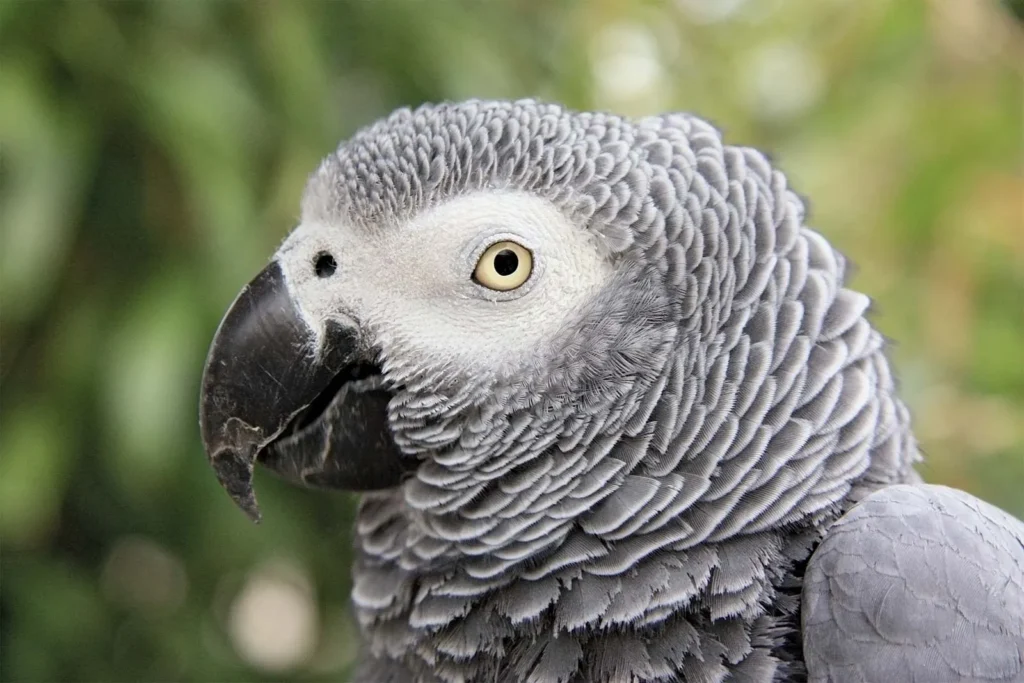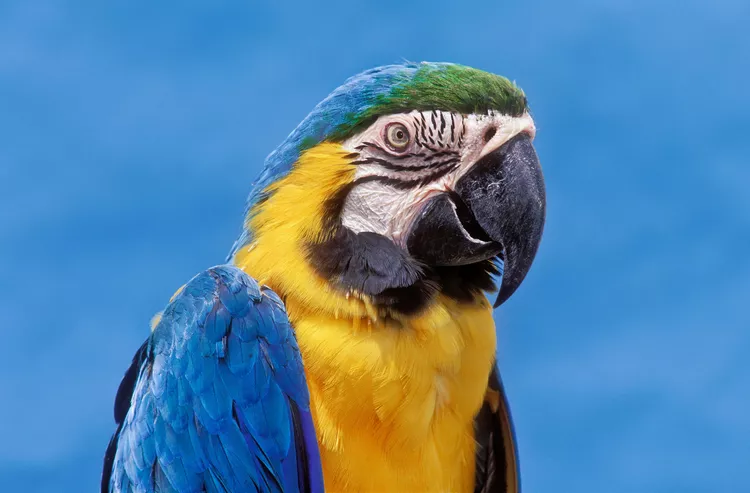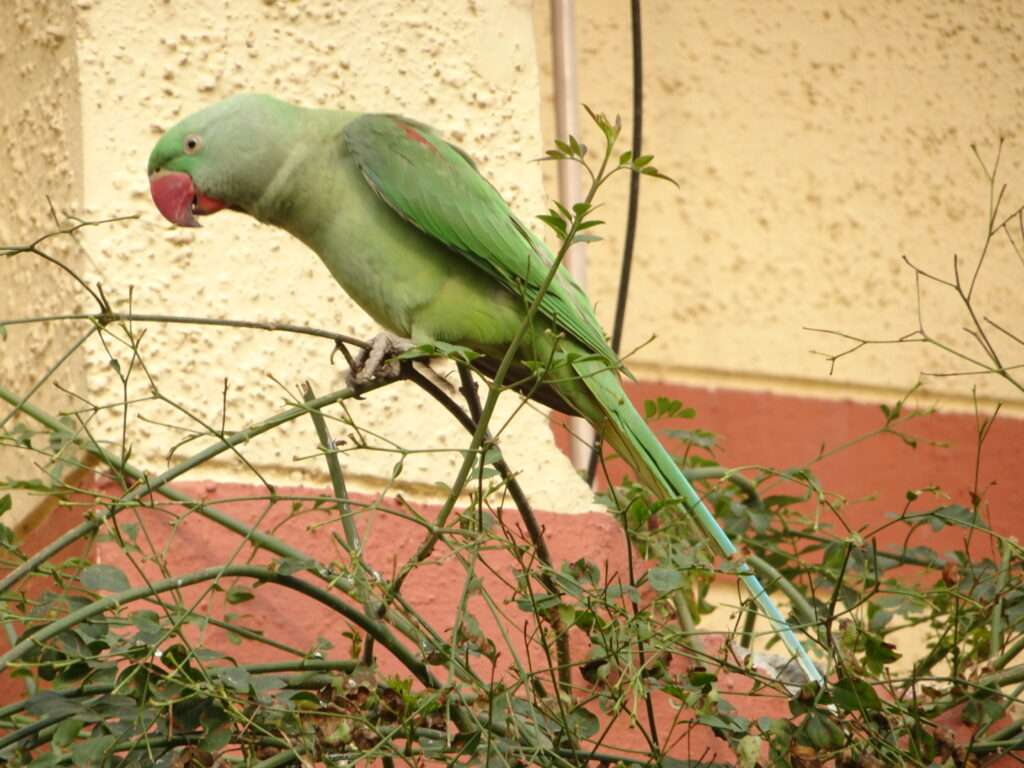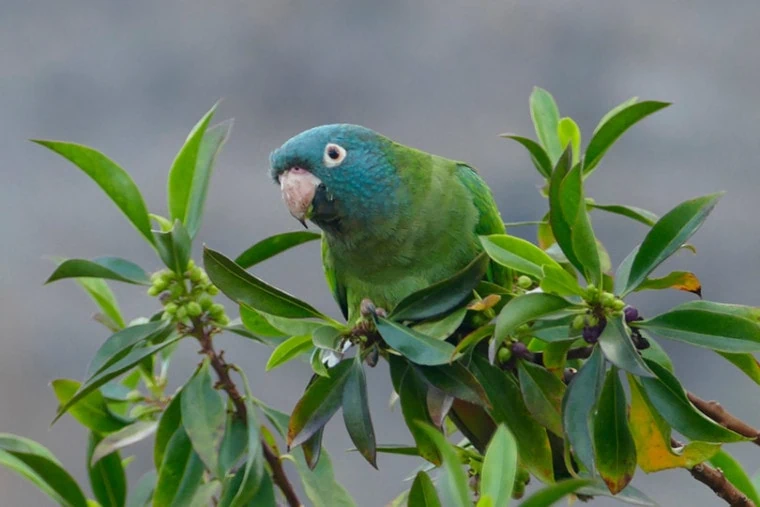
Description
Life span: 30+ years
One of the biggest parrots on the continent is the African grey. The portions over its head and wings are a darker shade of grey than the remainder of its body, which is its primary color. The body and head feathers’ margins have a little white tint. Its tail feathers were red. Although juvenile birds have the same coloring as adults, their undertail coverts are grey and their eyes are dark grey to black rather than the adult birds’ golden irises that surround their dark eyes.
Other names for the African grey parrot include the Congo African grey parrot, African grey, and grey parrot. Due to breeding practices, some grey parrots have either partial or complete redness.
Habitat/Native Region
The equatorial republics of Africa, including Angola, Cameroon, Congo, Ivory Coast, Ghana, Kenya, and Uganda, are home to the African grey parrot. Although they can sometimes be found in open savanna areas and on the edges of forests, the species favours deep woodlands.
As Pet

Behavior
The African grey parrot has a well-deserved reputation among avian enthusiasts as one of the world’s most accomplished talkers and mimics. Due to its mimicking and speaking abilities, it is an interesting companion. African greyhound owners usually report that their animals routinely use context while speaking and have great emotional awareness. Both experienced birders and novice birders adore this cunning bird.
A bored or overlooked African grey is an unhappy one. An incensed bird will shriek. The bird needs to be kept mentally active all the time. It is not typically a cuddly bird, despite the fact that it is highly extroverted and demands interactions. Despite owners’ best efforts, some of these birds frequently wind up being “one-person” birds despite being socialized with the entire family.
Care
Toys that will challenge their cognitive talents, such foraging and puzzle toys, are essential for African greys. Due to their propensity to be especially sensitive to stress and commotion in their environment, African greys will feel more at peace if one corner of the cage is placed against a wall as opposed to in the middle of the room.
According to numerous owners, African greys appear to enjoy the sound of the radio or television when left alone. For an African grey kept in captivity, a high-quality pellet with extra fruits such organic mango, pomegranate, and melon is the optimum diet.
Table





